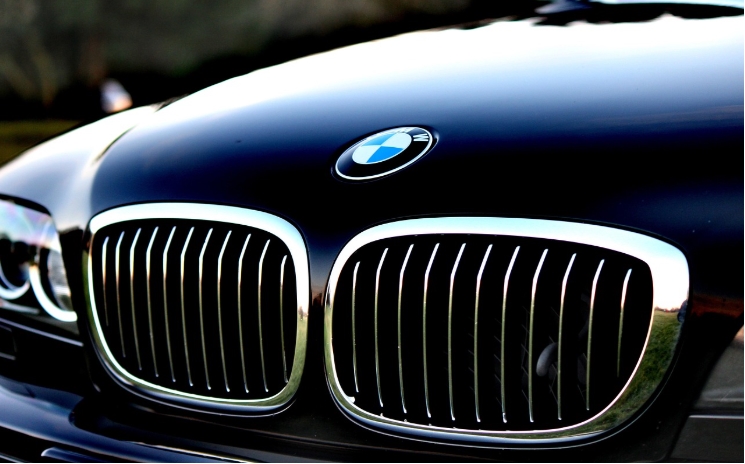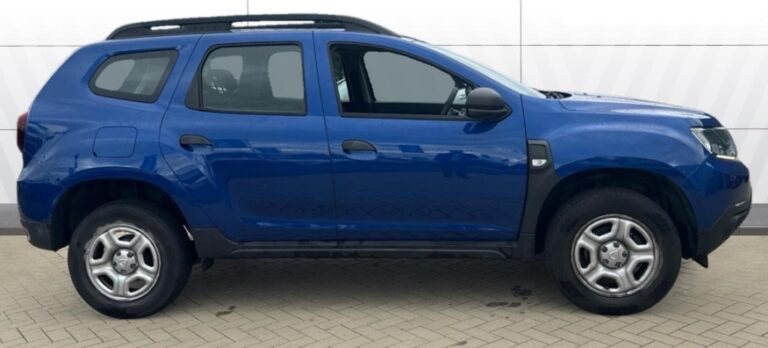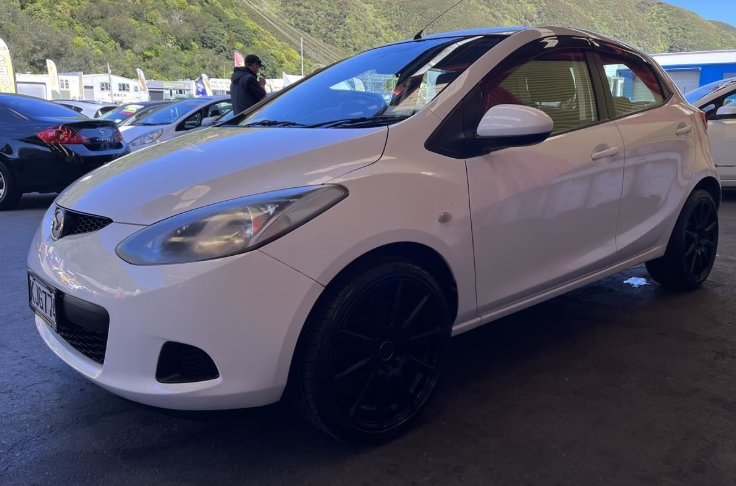The Evolution of the BMW 2 Series (220 228 230 235 240 F22 F23 G42 M2)
The BMW 2 Series has quickly earned a well-deserved reputation for blending sporty performance, practicality, and BMW’s hallmark luxury and engineering prowess. Since its introduction, the 2 Series has undergone significant evolution, evolving from a straightforward coupe into a versatile lineup that caters to the needs of diverse drivers. In this article, we will explore the history, models, and trim levels of the BMW 2 Series since its debut.
Introduction of the BMW 2 Series (2014)
The BMW 2 Series was first introduced in 2014 as a successor to the BMW 1 Series Coupe. Positioned in the premium compact car segment, the 2 Series was designed to attract younger drivers seeking sporty performance combined with everyday usability.
First Generation (F22/F23: 2014 – 2021)
The first generation of the 2 Series was produced from 2014 to 2021 and consisted of two primary body styles: Coupe (F22) and Convertible (F23). This generation marked a distinct departure from its predecessor, implementing BMW’s latest design language and technological innovations.
Models and Trim Levels:
- BMW 228i: Powered by a 2.0-liter turbocharged inline-four engine, this model offered 240 horsepower and a standard eight-speed automatic transmission. The 228i was available in both rear-wheel and xDrive all-wheel drive variants.
- BMW M235i: The M235i was a performance-oriented model debuting in the lineup. It featured a more potent version of the 2.0-liter turbocharged engine, putting out 322 horsepower. It boasted enhancements in suspension and handling, making it more dynamic on the road.
- BMW M2: Launched in 2016, the M2 was a high-performance variant, packing a 3.0-liter turbocharged inline-six engine that produced 365 horsepower. The M2 quickly became celebrated among enthusiasts for its driving dynamics, rear-wheel drive layout, and aggressive styling.
- BMW 220i: Many markets received the 220i, offering an accessible entry point into the 2 Series. Featuring a 2.0-liter engine, it provided a balance of performance and efficiency suited for daily driving.
- BMW M240i: Introduced later in the generation, the M240i featured a 3.0-liter inline-six engine that delivered an impressive 335 horsepower, blending performance with luxury for those seeking a spirited driving experience.
The design of the F22/F23 series continued BMW’s tradition of sporty lines coupled with a commanding road presence, with a long hood and a set-back cabin. Interior quality improved tremendously, featuring premium materials and tech integrations like navigation systems, Bluetooth, and the renowned iDrive interface.
Mid-Cycle Refresh (2017)
In 2017, the 2 Series underwent a mid-cycle refresh that brought updated styling, additional technology, and minor performance tweaks. This refresh included a redesigned front fascia with new headlights and taillights, aligning the 2 Series visually with the larger BMW models. The interior continued to embrace advanced technology, offering enhanced infotainment options and safety features.
.

.
Second Generation (G42: 2021 – Present)
The second generation of the 2 Series debuted in 2021, further expanding the lineup and embracing a more aggressive design language. With the G42 generation, BMW introduced significant styling and performance upgrades, reaffirming its commitment to delivering dynamic driving experiences.
Models and Trim Levels:
- BMW 230i: This base model retained the 2.0-liter turbocharged engine, delivering 248 horsepower. The 230i brought enhanced driving dynamics and additional technological features compared to its predecessor.
- BMW M240i: Continuing the trend, the M240i emerged as a powerful option in the lineup. Featuring the 3.0-liter inline-six engine, it produced 382 horsepower and utilized the latest version of BMW’s xDrive all-wheel drive system.
- BMW M2 (G87): The highly anticipated M2 debuted as a standalone variant in 2022, reinstating the beloved treat of the previous generation. It features a 3.0-liter inline-six engine capable of delivering around 453 horsepower, paired with a manual transmission for driving purists. The M2 retained its commitment to rear-wheel drive, emphasizing balanced handling and an engaging driving experience.
- BMW 228i Gran Coupe: In addition to the traditional coupe, the 2 Series Gran Coupe was introduced as a four-door alternative, offering a combination of sportiness and practicality targeted at the modern driver. The 228i Gran Coupe shares various elements with the coupe but offers additional rear-seat space and cargo capacity.
The G42 generation has been noted for bold front-end styling, wider tracks, and a more aggressive stance. Interior refinements included a sizable infotainment screen, driver assistance technologies, and improved material quality that aligns with BMW’s luxury image.
Technological Advancements and Features
Throughout both generations, the BMW 2 Series has continuously integrated modern technology, enhancing the driving experience. Features such as adaptive cruise control, advanced parking assistance, and premium audio systems have become staples. BMW has also embraced connectivity, introducing the latest iteration of the iDrive system to enhance usability.
Conclusion
The BMW 2 Series has undergone significant evolution since its inception in 2014. From the sporty F22/F23 generation to the bold and aggressive G42, this lineup has consistently married the brand’s performance heritage with modern technology and luxury.
With a range of models catering to various driving preferences—including the 228i for the practical driver, the M models for performance enthusiasts, and the Gran Coupe for those seeking versatility—the 2 Series has successfully positioned itself in the competitive compact luxury segment. As BMW continues to innovate and bring new offerings to market, the 2 Series is likely to remain an integral part of the brand’s future, reflecting its legacy of engineering excellence, driving pleasure, and unmatched style.







